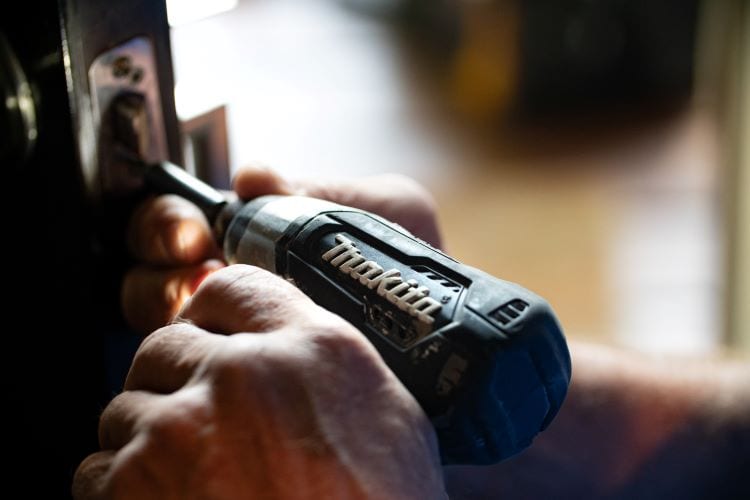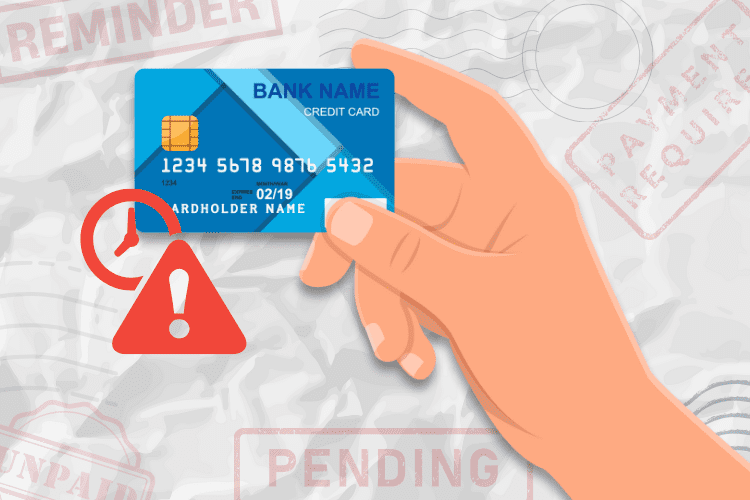Home Maintenance That Can Prevent Budget-Busting Repairs

“An ounce of prevention is worth a pound of cure,” Benjamin Franklin once wrote – words that ring true in every aspect of life, but especially when it comes to home maintenance.
Sure, tracking the condition of every nook and cranny can feel tedious, but it’s infinitely easier to test a smoke alarm than to rebuild from a fire. Implement the following home maintenance tips now to prevent future repairs that send your budget down in flames.
Test Smoke and Carbon Monoxide Detectors
There’s a reason that every homeowner’s insurance and renter’s insurance application asks you to detail the locations of smoke and carbon monoxide detectors in your home. Though small and simple, they can save your life and protect your property from extreme damage.
Installation is only the first step. Testing these detectors regularly is essential to ensure they’re in proper working condition. Here’s how:
- Press the “test” button to check the power connection
- Light a candle and hold it about 18 inches below a smoke detector. The alarm should go off in every room once the smoke reaches the device
- Replace batteries twice a year
- Purchase a carbon monoxide detector test kit and use it to confirm your detector response to dangerous levels of OC
Run Water and Flush Toilets in Unused Spaces
If you have a sink or bathroom that doesn’t receive regular use, like in a guest bedroom or powder room, ensure you periodically run water in the sink and shower and flush the toilet to prevent grime and mildew buildup. Do this once a week for the best results.
Keep Your Water Heater in Tip-Top Shape
It’s easy to take hot showers for granted – until they suddenly turn ice cold. To avoid that feeling like you’ll never be warm again, make sure you test your water heater’s pressure relief valve every six months. Sometimes known as the TRP or T&P valve, this device is designed to relieve excess pressure from the water heater in the event that the temperature or pressure rises too high.
Minerals in your water can build up over time and block this valve, which is meant to relieve extra pressure if your device gets too hot. In the worst-case scenario, your tank will explode if your water heater’s TRP valve fails to release excess pressure. But even in ordinary circumstances, a blocked TNP valve can break your machine.
That’s not a cost you want to incur, especially when it’s avoidable with just a few minutes of maintenance. Plumbers can perform the test, but it’s easy enough to do yourself:
- Pull up gently on the valve’s lever
- Make sure the hot water is released through the overflow tube
- Confirm the water drains into the floor upon release
If you find an issue with the pressure relief valve, you can replace it for a tiny fraction of the cost of a new water heater.
Vacuum Your Refrigerator Coils
It’s not as strange as it sounds. The coils sitting under and behind your fridge can’t release heat if they’re clogged with dirt and dust. This forces the compressor to work too hard, ultimately shortening the lifespan of your fridge and saddling you with an extra expense you didn’t expect. So be sure to run the nozzle of the vacuum over and around them at least once a month.
Inspect the Exterior of Your Home
The inside of your home isn’t the only area to consider. It’s critical to inspect the exterior in order to identify any threats to its integrity and weather-proofing. By keeping an eye on the perimeter of your house, you can stop moisture, insects, and decay from infiltrating your most important asset.
Other tips to keep your home in superior condition:
- Trim bushes and trees
- Repair roof defects and missing shingles
- Powerwash siding and exterior surfaces
- Clean gutters of leaves and debris
- Inspect weatherproofing and frames on windows
- Check vents, covers, and outdoor spigots for damage
- Look for cracks or deterioration in the foundation
By promptly checking for and addressing these issues, you can stave off trouble and simplify any needed repairs. Isn’t the investment of a bit of time and elbow grease a lot better than a $3,000 bill?
Don’t wait to get out of debt! Read this: A Complete, Step-By-Step Guide to Get Out of Debt.










